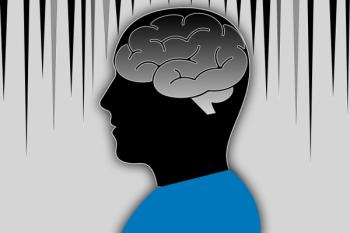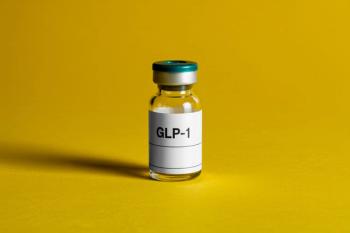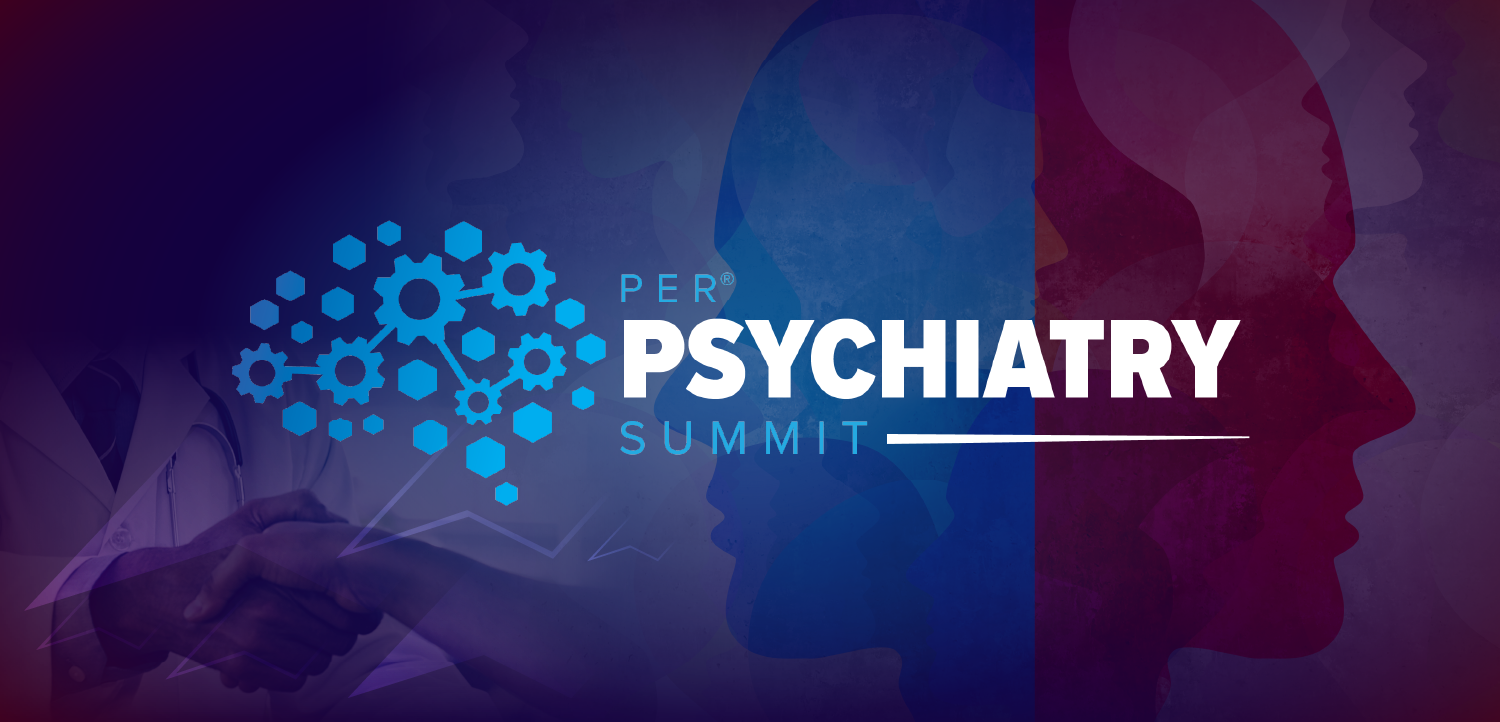
- Psychiatric Times Vol 28 No 3
- Volume 28
- Issue 3
Guidelines for Developing a Cognitive Remediation Program for Patients With Schizophrenia
Discuss the results of the final cognitive testing, review the participant’s initial goals and the progress made toward them, and discuss future ambitions and how the gains made during cognitive training may help the participant achieve those goals.
In their guide to cognitive remediation (CR), Medalia and associates31 recommend that candidates for this program meet the criteria listed in
Step 1: Assess baseline cognition
Neurocognitive assessment is an important part of CR programs. Some computerized remediation programs may include cognitive testing at baseline and at the end of training. If not, neurocognitive assessment must be administered and interpreted by a trained neuropsychologist or psychometrician.
Step 2: Set goals
After the test results have been returned, the clinician meets with the participant to discuss the findings, in particular, to highlight areas of cognitive strength and weakness, and to help the participant identify reasonable and achievable goals for the CR program. Goals do not need to be cognitive (eg, “improving my attention”) but are ideally related to potential cognitive change (eg, “being able to understand my doctor’s medication instructions,” “remembering what my boss wants me to do for the day”).
Step 3: Start CR program
CR can now commence. It is more cost- and time-effective to conduct CR in groups of about 3 to 5 participants. It also creates a manageable group size for bridging groups, or for social cognition or vocational training groups. However, CR can be done individually as well. CR programs run anywhere from 3 months to 2 years, but many average about 4 to 6 months. Frequent sessions-at least twice a week-are crucial. In many programs, groups meet 3 or 4 times a week. In others, groups meet weekly, and participants do many of the remediation exercises at home.
Step 4: Include additional psychosocial program or bridging group
To obtain the greatest transfer of skills from CR to real-world functioning, CR is best paired with some form of psychosocial rehabilitation program. This can be social skills training, supported employment, vocational rehabilitation, or a bridging group (for more detail about bridging groups see Medalia et al31). Without the inclusion of some type of additional psychosocial training, it is likely that the gains seen with CR will not transfer to real-world functioning. This probably occurs because the improvements from CR run the risk of being gains without context and therefore are difficult to maintain unless they are paired with some kind of bridge to social or functional activities and outcomes.
Step 5: Final cognitive testing
This testing is a repeat of the baseline testing. It allows clinicians to assess the impact that CR has had on the participant’s cognitive abilities. Again, if this testing is not included in the CR software, it is imperative that it be administered and interpreted by a neuropsychologist or psychometrician.
Step 6: Wrap-up
Discuss the results of the final cognitive testing, review the participant’s initial goals and the progress made toward them, and discuss future ambitions and how the gains made during cognitive training may help the participant achieve those goals.
Articles in this issue
over 14 years ago
We’ve Got Issues: Children and Parents in the Age of Medicationover 14 years ago
Crittersover 14 years ago
Unlucky Number 90862over 14 years ago
The “Bar-Coding” of Patients With Electronic Health Recordsover 14 years ago
Diagnosing Fibromyalgia: Development of New Criteriaover 14 years ago
Demystifying Health Reform LegislationNewsletter
Receive trusted psychiatric news, expert analysis, and clinical insights — subscribe today to support your practice and your patients.















